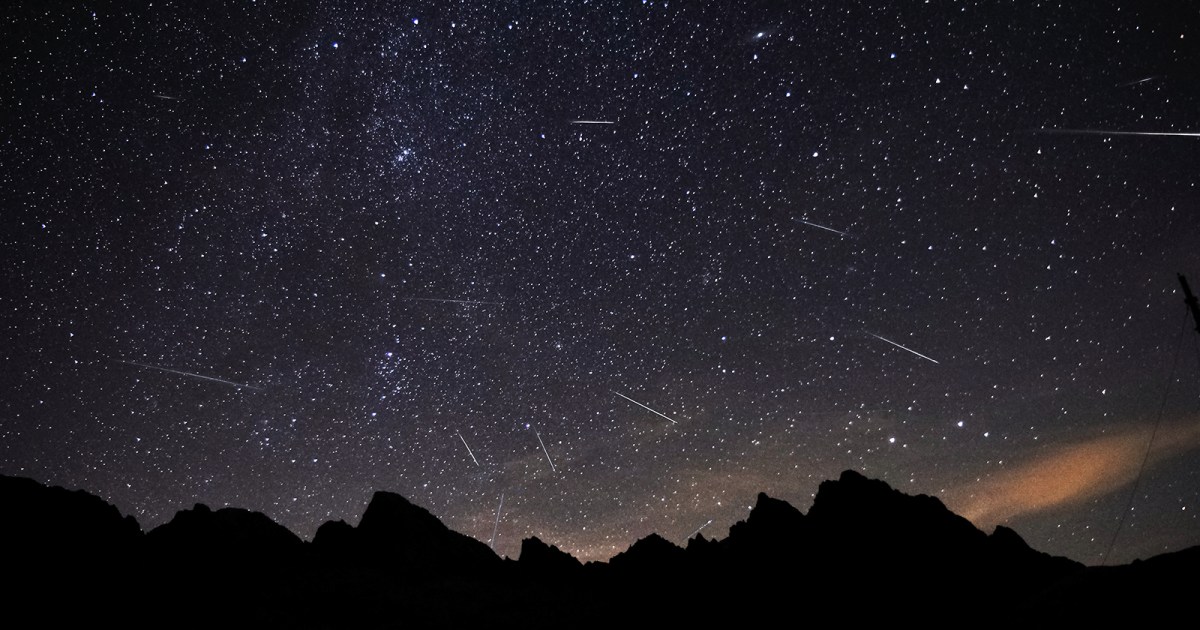
If you never look up at the sky on a clear night, you’re missing out on a lot.
But with so many pins of light dotting the vast expanse above our heads, it can be hard to know where to direct our gaze. Thankfully, NASA offers a roundup of tips at the start of each month to give us some ideas on what to look out for as the weeks roll by.
July, for example, witnesses the parting of Mars and Venus, which have spent recent weeks appearing to move closer together. You can spot them in the west after sunset, with Venus the brighter of the two, and Mars showing a slight salmon-pink color. As we get further into July, you’ll notice how Venus is gradually moving lower, edging toward the horizon.
During the second week of July, you can spot Mars appearing very close to the blue-white star Regulus. “Mars is quite distant from Earth right now, and appears at its dimmest for the year in July and August,” NASA says on its website. “This month it appears at about the same brightness as Regulus, and you should easily be able to see the difference in their color with your eyes, or a pair of binoculars.” Mars and Regulus will appear closest on July 9 and 10.
When you spot Mars, it’s always worth remembering that NASA right now has two active rovers — Perseverance and Curiosity — trundling across the surface of the distant planet, as well as a tiny drone-like aircraft called Ingenuity.
Jupiter and Saturn will also be making an appearance in the late night and early morning hours in July, and Jupiter can be seen shining brightly beneath the crescent moon on the morning of July 11.
In addition, Saturn can be observed moving across the sky with the bright star Fomalhaut. “At around 440 million years old, Fomalhaut is a fairly young star,” NASA says, adding that the James Webb Space Telescope recently captured new details in the dusty debris disk that surrounds it.
NASA points out that July is also the best time for viewing the bright core of our home galaxy, the Milky Way. “The Milky Way core is visible looking toward the south in July, as a faint, diagonal band of light, as soon as it’s fully dark,” the agency explains. “Packed with enormous numbers of stars, along with dark clouds of dust, you can view its faint glow with your own eyes from locations away from bright urban centers.”
If you need extra help picking out the abundance of stars and planets, one of these excellent astronomy apps can help.
Editors’ Recommendations
Services Marketplace – Listings, Bookings & Reviews
